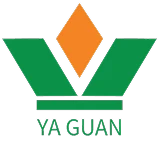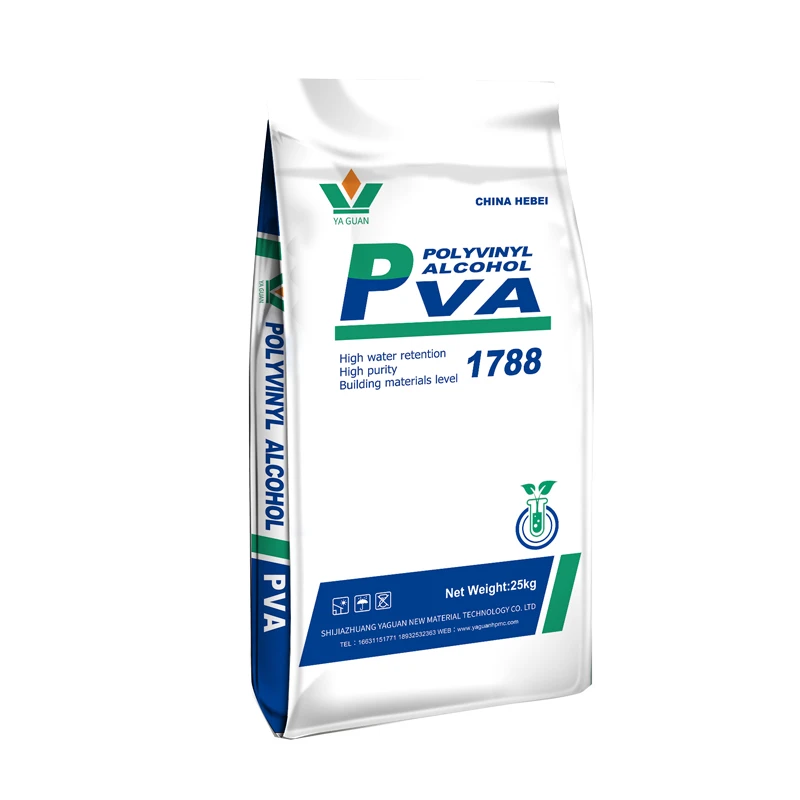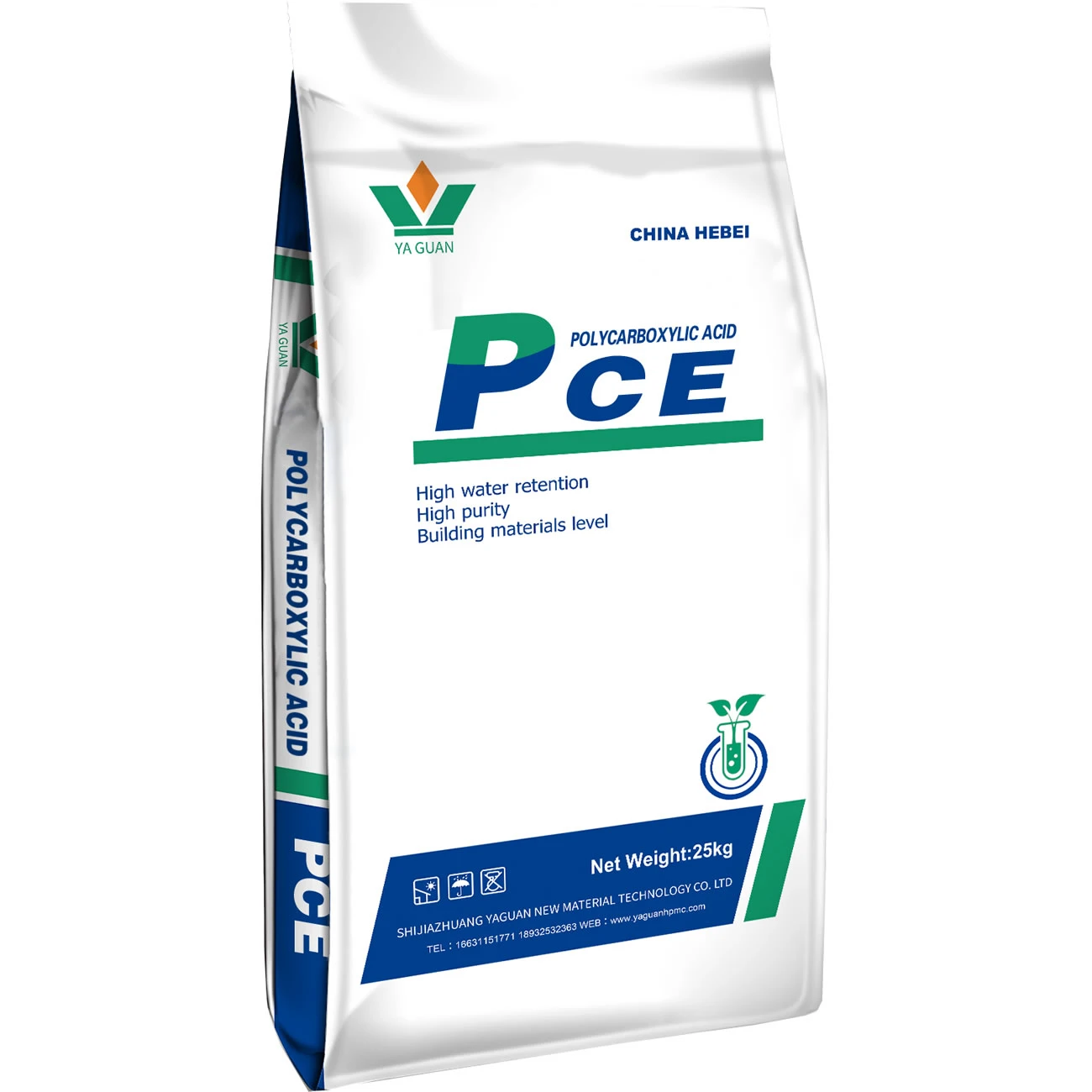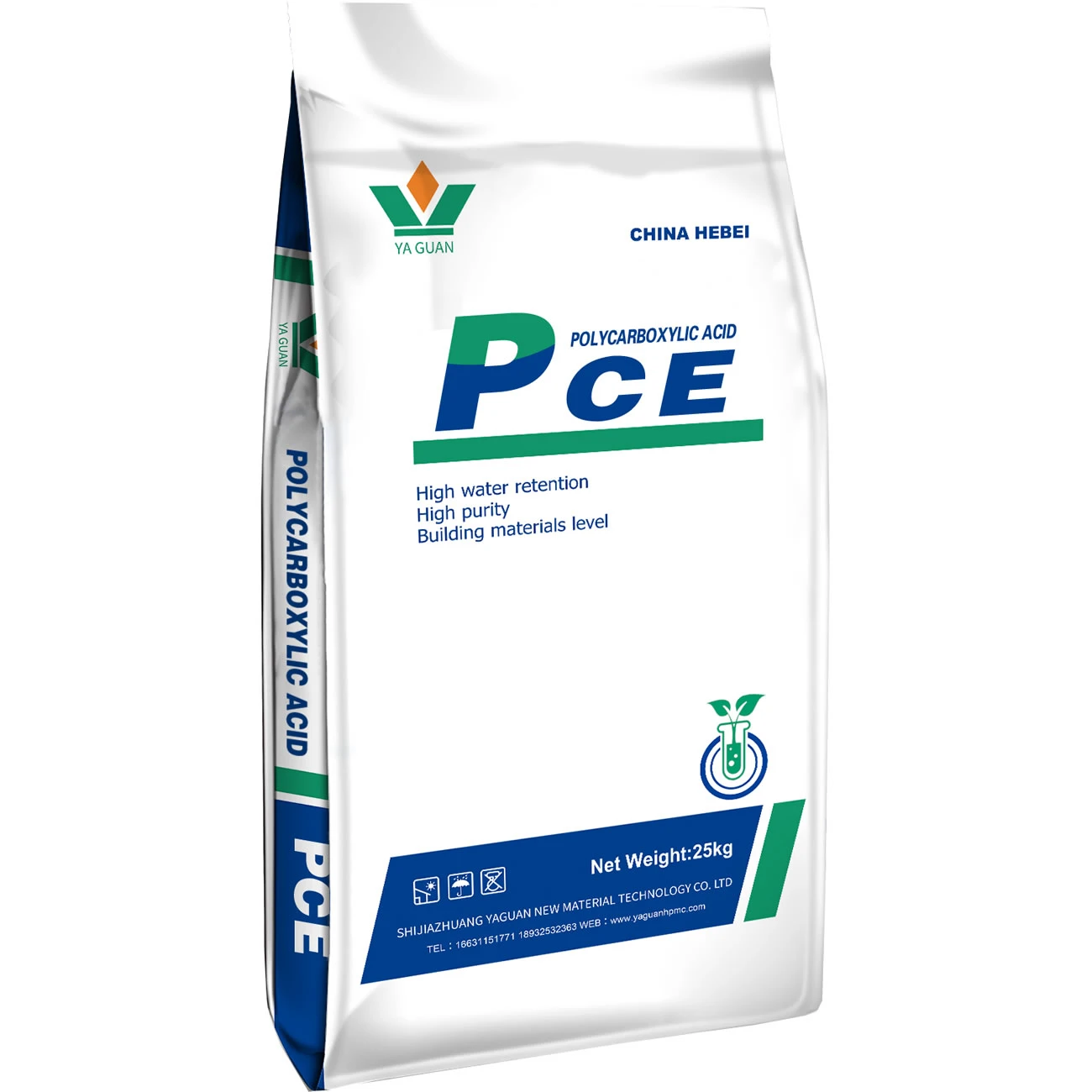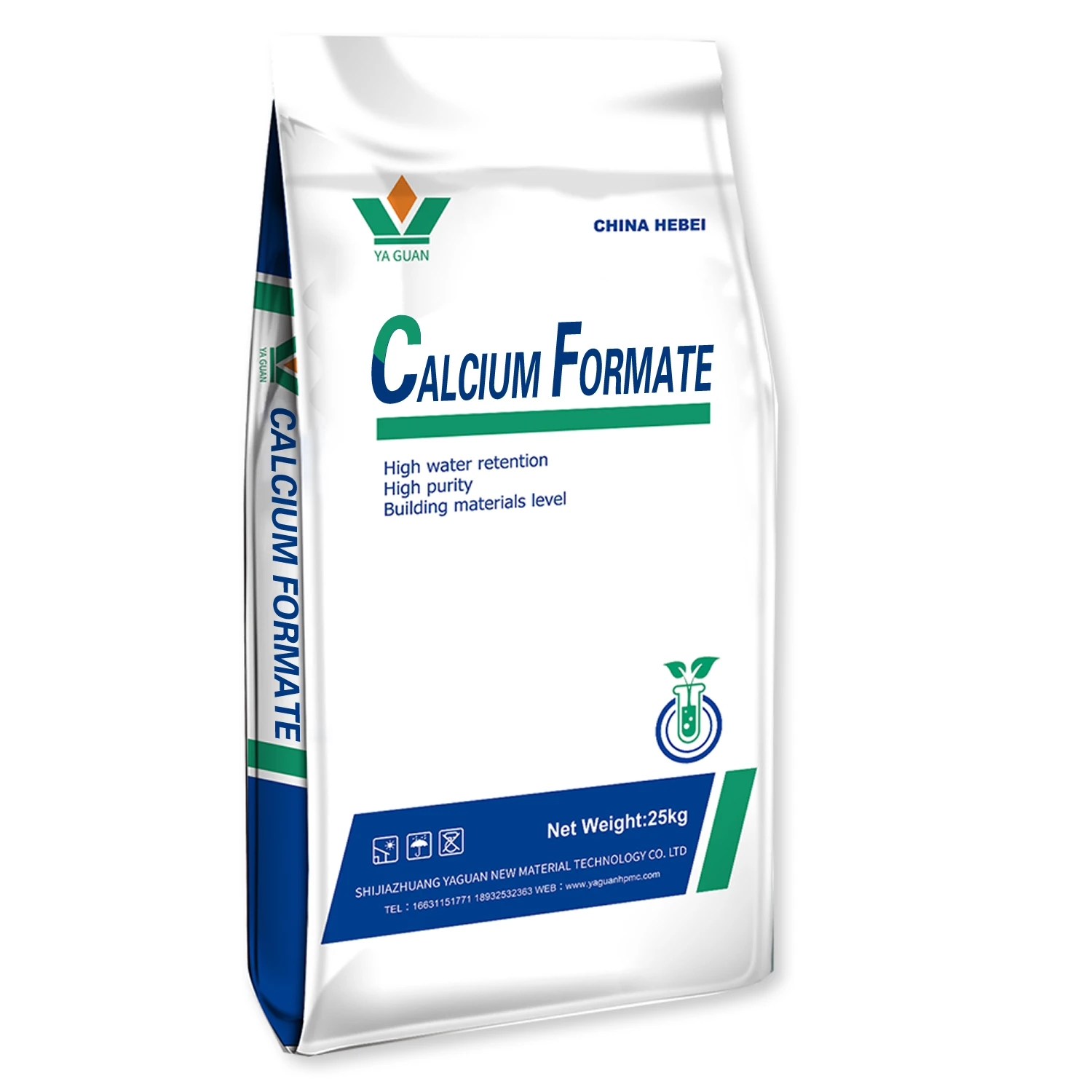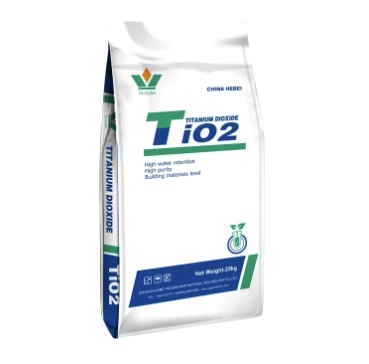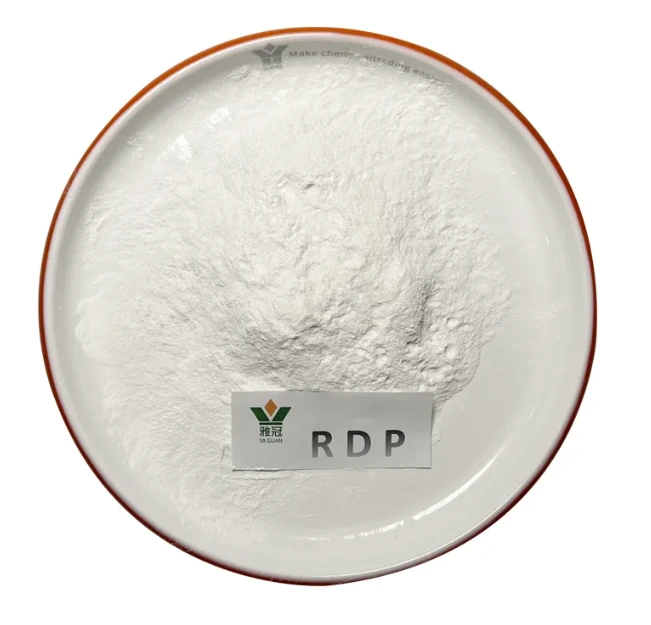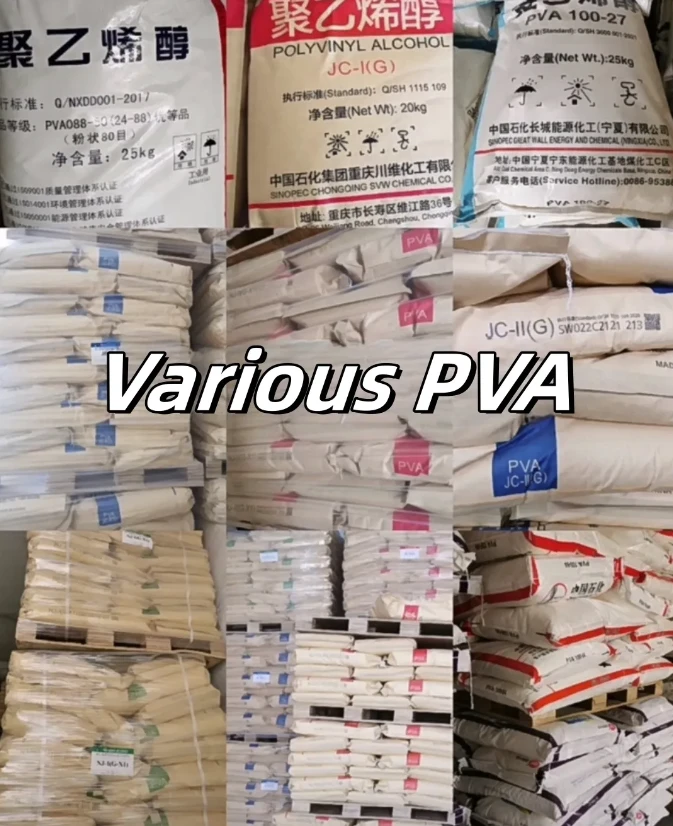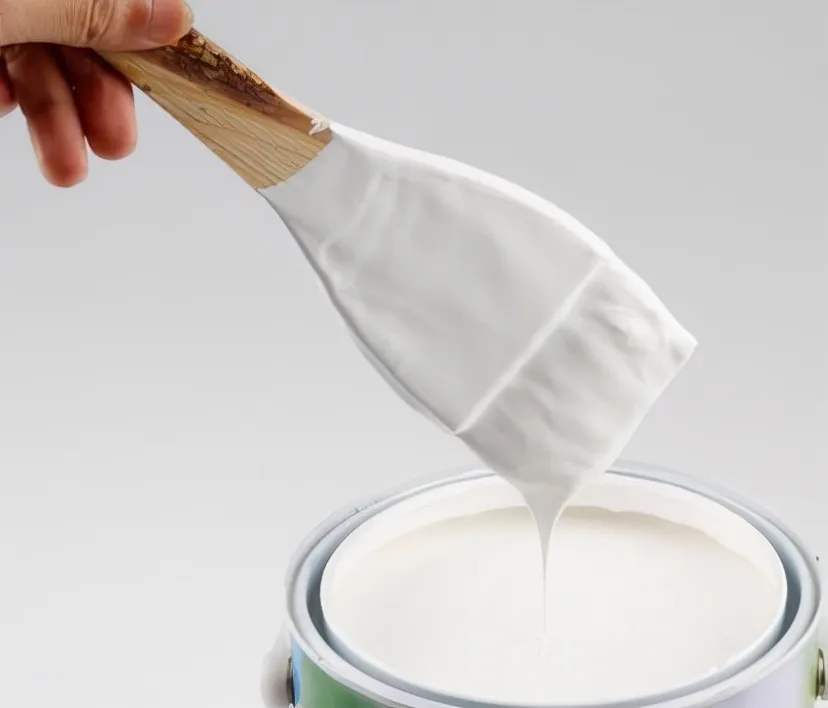
In the demanding world of modern materials, the quest for enhanced durability and aesthetic longevity is perpetual. At the heart of this pursuit, especially within the paints and coatings industry, lies a critical ingredient: TiO₂ – Weather-Resistant Pigment for Paints & Coatings. This advanced form of titanium dioxide is engineered not merely for its exceptional opacity and brightness but, more importantly, for its unparalleled ability to safeguard surfaces against the relentless assaults of environmental elements. From scorching UV radiation and heavy rainfall to industrial pollutants and extreme temperature fluctuations, the integrity of a coating heavily relies on the resilience imparted by its pigment. This comprehensive exploration delves into the nuanced world of this specialized pigment, dissecting its technical prowess, manufacturing intricacies, diverse applications, and the strategic advantages it offers to various industries.
Understanding the fundamental role of TiO₂ – Weather-Resistant Pigment for Paints & Coatings is paramount for formulators, manufacturers, and end-users alike. It is the invisible shield, working at a molecular level, to ensure that the vibrant colors of an automotive finish do not fade prematurely, that the protective layer on a marine vessel withstands saline environments, and that architectural coatings maintain their pristine appearance for decades. Our discussion will illuminate the scientific principles behind its weather resistance, provide insights into its market dynamics, and offer a practical guide to selecting and applying this indispensable material.
Industry Trends and Market Insights for Advanced Pigments
The global market for titanium dioxide pigments is experiencing steady growth, driven by expansion in the paints and coatings, plastics, and paper industries. According to a report by Grand View Research, the global titanium dioxide market size was valued at USD 17.5 billion in 2023 and is projected to grow at a compound annual growth rate (CAGR) of 6.2% from 2024 to 2030. This growth is significantly influenced by increasing demand for high-performance coatings, especially in developing economies and sectors requiring superior protection and aesthetics, such as automotive, construction, and marine. The trend towards sustainable and eco-friendly solutions is also pushing innovation in pigment manufacturing, with a focus on energy efficiency and reduced environmental footprint.
Key market drivers include:
- Urbanization and Infrastructure Development: Rapid expansion of construction activities, particularly in Asia-Pacific and Latin America, fuels the demand for durable architectural coatings.
- Automotive Sector Growth: Increasing vehicle production and the need for long-lasting, visually appealing finishes necessitate high-quality pigments.
- Technological Advancements: Continuous innovation in surface treatment technologies enhances pigment performance, particularly in terms of weather resistance, dispersion, and photocatalytic stability.
- Stringent Environmental Regulations: Growing awareness and stricter regulations concerning volatile organic compounds (VOCs) and hazardous air pollutants (HAPs) drive demand for water-borne and high-solids coating systems, which require optimized pigment performance.
The demand for TiO₂ – Weather-Resistant Pigment for Paints & Coatings specifically is bolstered by the increasing emphasis on product longevity and reduced maintenance costs across various industries. Consumers and industrial clients alike are willing to invest more upfront for products that offer extended performance and superior protection against environmental degradation, making weather-resistant pigments a premium and highly sought-after component.

Understanding TiO₂ – Weather-Resistant Pigment for Paints & Coatings
Titanium dioxide (TiO₂) is a naturally occurring oxide of titanium, widely recognized for its high refractive index, which gives it exceptional light-scattering properties. This makes it an ideal white pigment. For applications requiring superior outdoor durability, such as paints and coatings, the rutile crystalline form of TiO₂ is predominantly used due to its higher stability and lower photocatalytic activity compared to the anatase form. The "weather-resistant" characteristic of a TiO₂ – Weather-Resistant Pigment for Paints & Coatings is not inherent to raw TiO₂ but is achieved through sophisticated surface treatments.
Core Properties and Mechanisms of Weather Resistance
- Photocatalytic Activity Reduction: Raw TiO₂, particularly the anatase form, can act as a semiconductor under UV light, generating highly reactive hydroxyl radicals and superoxide ions. These radicals can degrade the organic binder in a paint film, leading to chalking (the erosion of the paint surface and release of pigment particles), fading, and loss of gloss. Weather-resistant grades of TiO₂ – Weather-Resistant Pigment for Paints & Coatings are surface-treated to encapsulate the TiO₂ particle, forming a barrier that significantly reduces this photocatalytic activity.
- UV Absorption and Scattering: While general TiO₂ pigments scatter visible light to achieve whiteness and opacity, weather-resistant grades are optimized to absorb a significant portion of harmful UV radiation, protecting the underlying binder and substrate.
- Enhanced Durability and Chalking Resistance: By mitigating photocatalytic degradation, these pigments prevent the premature breakdown of the coating's polymeric matrix. This results in superior chalking resistance, maintaining the film's integrity and aesthetic appeal over extended periods, even in harsh climates.
- Improved Gloss Retention and Color Stability: The preservation of the binder means the coating retains its initial gloss and color intensity for much longer, preventing the dulling and fading commonly associated with weathering.
- Excellent Dispersibility: Surface treatments also enhance the pigment's dispersibility in various solvent and water-based systems, ensuring homogeneous distribution within the paint film for optimal performance and appearance.
Manufacturing Process of TiO₂ – Weather-Resistant Pigment for Paints & Coatings
The production of high-performance TiO₂ – Weather-Resistant Pigment for Paints & Coatings is a complex multi-stage process, primarily relying on two main industrial routes: the Sulfate Process and the Chloride Process. The crucial step that transforms standard TiO₂ into its weather-resistant counterpart is the sophisticated surface treatment.
1. The Sulfate Process
This batch process typically uses ilmenite ore (FeTiO₃) as the raw material. The steps involved are:
- Ore Digestion: Ilmenite is reacted with concentrated sulfuric acid to dissolve the titanium and iron components, forming titanium sulfate and iron sulfates.
- Clarification and Filtration: The resulting slurry is diluted and filtered to remove insoluble impurities.
- Iron Removal: Most of the iron is removed by crystallization and filtration (e.g., as ferrous sulfate heptahydrate).
- Hydrolysis: The titanium sulfate solution is hydrolyzed by heating to precipitate hydrated titanium dioxide. The controlled conditions during this stage determine the particle size and morphology.
- Washing: The hydrated TiO₂ slurry is washed to remove residual acids and impurities.
- Calcination: The washed hydrate is calcined (heated) in rotary kilns at high temperatures (typically 800-1000°C) to convert the amorphous hydrate into the desired rutile crystalline form and remove residual water. This also helps develop the primary particle size and optical properties.
- Milling: The calcined pigment is dry or wet milled to break up aggregates and achieve the target particle size distribution for optimal opacity and tinting strength.
- Surface Treatment (Crucial Step for Weather Resistance): This is where the magic happens for weather resistance. The milled TiO₂ particles are treated with inorganic oxides (e.g., alumina, silica, zirconia) and sometimes organic compounds. These materials are precipitated onto the surface of the TiO₂ particles, forming a dense, uniform coating. This coating acts as a barrier, reducing the photocatalytic activity of the TiO₂, improving its dispersion, and enhancing its durability and gloss retention in coatings. The type and amount of these surface treatments are critical for the pigment's performance in specific applications.
- Filtration, Drying, and Grinding: The treated pigment slurry is filtered, dried, and then finely ground or micronized to ensure excellent dispersibility in various paint systems.
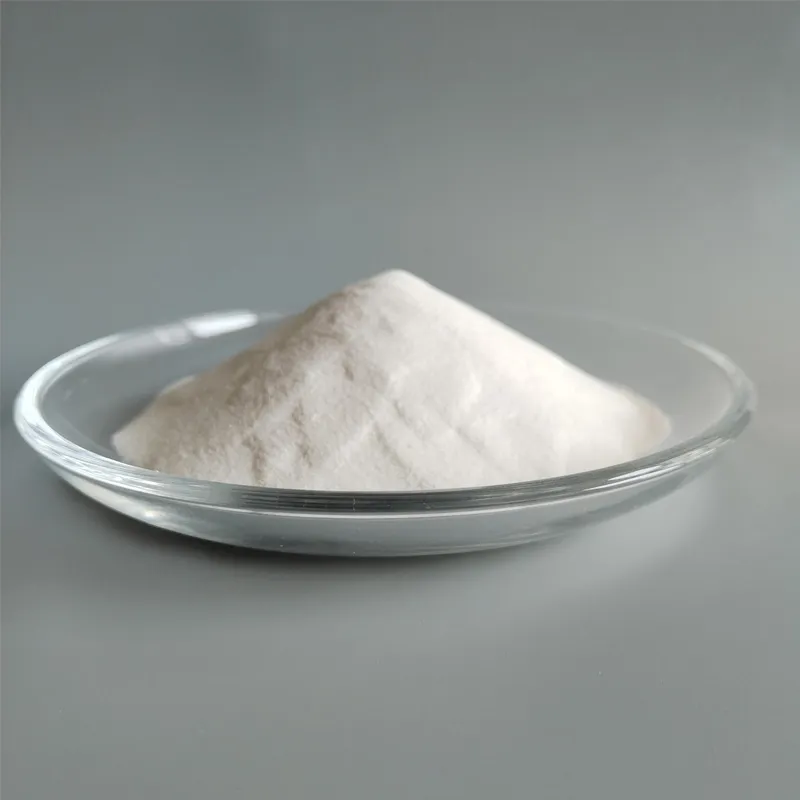
2. The Chloride Process
This continuous process typically uses a higher-grade titanium ore, like natural rutile or beneficiated ilmenite, as raw material. It is generally considered more environmentally friendly due to less waste generation.
- Chlorination: The titanium-containing ore is reacted with chlorine gas and petroleum coke at high temperatures (around 1000°C) in a fluidized bed reactor. This produces gaseous titanium tetrachloride (TiCl₄) along with other metal chlorides.
- Purification: The TiCl₄ gas is condensed and purified through distillation to remove impurities like iron and vanadium chlorides. This yields a very high-purity TiCl₄.
- Oxidation: Purified TiCl₄ is then oxidized with oxygen at extremely high temperatures (around 1000-1500°C) to form fine particles of rutile TiO₂ and regenerate chlorine gas.
- Cooling and Separation: The hot gas stream containing TiO₂ particles is rapidly cooled, and the solid TiO₂ is separated from the regenerated chlorine gas, which is recycled back into the chlorination step.
- Milling: The raw TiO₂ pigment is milled to achieve the desired particle size distribution.
- Surface Treatment (Critical Step for Weather Resistance): Similar to the sulfate process, the milled TiO₂ undergoes sophisticated surface treatments. Inorganic layers of alumina, silica, and/or zirconia are deposited onto the pigment surface. These coatings passivate the TiO₂ particle, minimizing its photocatalytic activity and significantly enhancing its weather resistance, dispersibility, and overall durability in challenging environments.
- Drying and Micronization: The treated pigment is dried and micronized to ensure optimal performance characteristics for paint and coating formulations.
Quality Control and Standards
Throughout both manufacturing processes, rigorous quality control (QC) measures are implemented. This includes chemical analysis of raw materials, in-process testing of slurries and intermediates, and comprehensive testing of the final product. Key parameters like TiO₂ content, particle size distribution, oil absorption, pH, gloss retention, chalking resistance (through accelerated weathering tests like QUV or Xenon arc, or outdoor exposure), and tinting strength are meticulously monitored. Adherence to international standards such as ISO 591-1 (for Titanium Dioxide Pigments), ASTM D476 (Standard Specification for Titanium Dioxide Pigments), and ISO 787 series (General Methods of Test for Pigments and Extenders) is crucial, ensuring consistency and high performance of the TiO₂ – Weather-Resistant Pigment for Paints & Coatings.
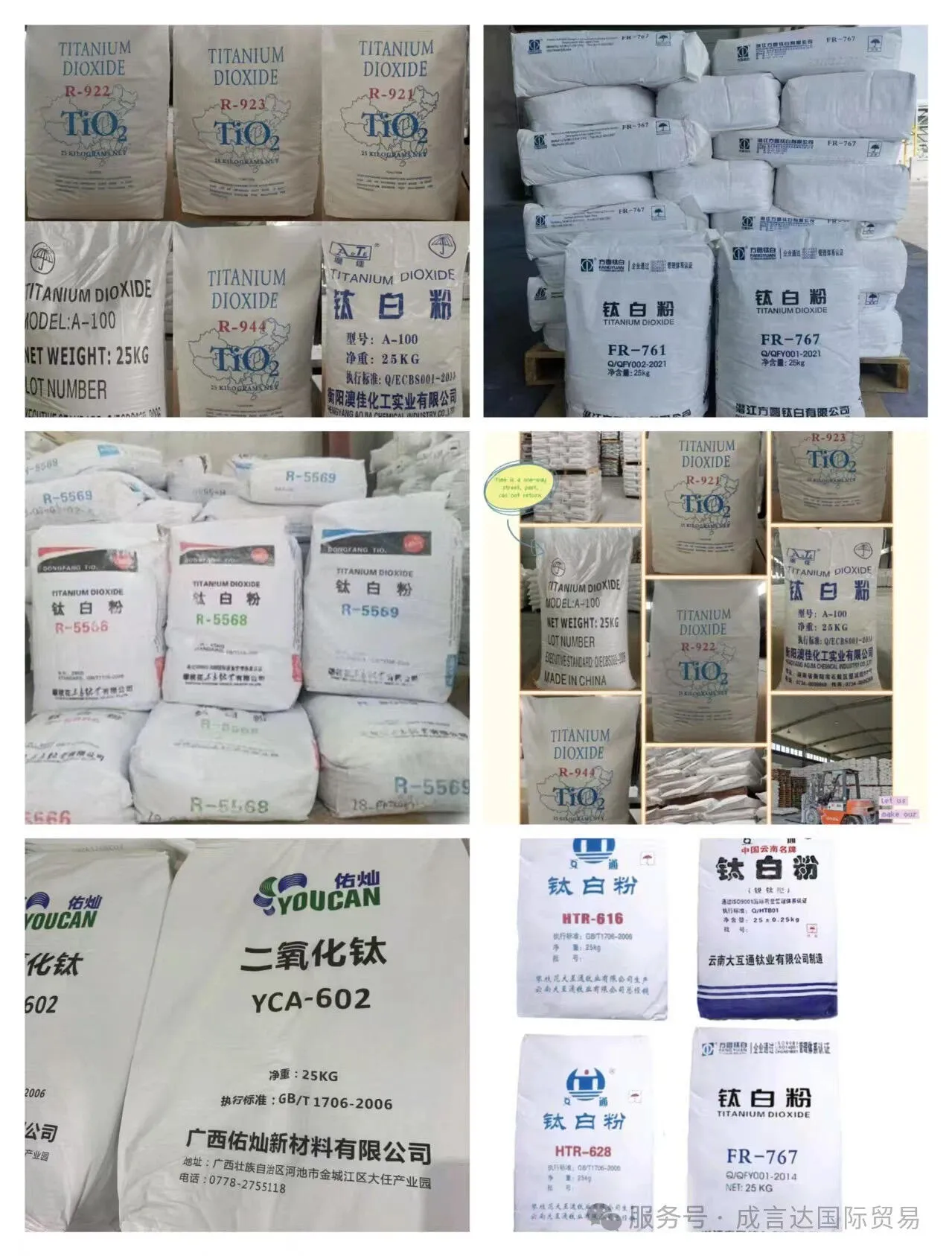
Technical Parameters and Specifications
Selecting the right TiO₂ – Weather-Resistant Pigment for Paints & Coatings requires a detailed understanding of its technical specifications. These parameters directly influence the pigment's performance in a given formulation and application. Below is a representative table of key technical parameters for a high-performance weather-resistant rutile TiO₂ pigment, designed for exterior paints and coatings.
Typical Product Specification Table for TiO₂ – Weather-Resistant Pigment for Paints & Coatings
| Parameter | Unit | Typical Value | Test Method / Standard | Significance |
|---|---|---|---|---|
| TiO₂ Content (Rutile) | % | ≥ 93.0 | ISO 591-1 Type R2 | Indicates purity and concentration of the active pigment. Higher content typically means better opacity and whiteness. |
| Rutile Content | % | ≥ 98.5 | X-Ray Diffraction | Ensures the pigment is primarily the more stable rutile form, crucial for weather resistance. |
| Inorganic Surface Treatment | N/A | Alumina, Silica, Zirconia | Manufacturer Specification | Key for reducing photocatalytic activity, improving chalking resistance and durability. |
| Organic Surface Treatment | % | 0.5 - 1.5 | Manufacturer Specification | Enhances dispersibility and compatibility with various binders. |
| Specific Gravity | g/cm³ | 4.0 - 4.2 | ISO 787-10 | Important for paint formulation calculations (e.g., density, pigment volume concentration). |
| Oil Absorption | g/100g | 18 - 22 | ISO 787-5 | Indicates the amount of binder required to wet the pigment. Lower values often mean easier dispersion and higher gloss. |
| pH Value (aqueous slurry) | N/A | 6.5 - 8.0 | ISO 787-9 | Influences stability in water-based systems and compatibility with pH-sensitive resins. |
| Residue on Sieve (45 µm) | % | ≤ 0.01 | ISO 787-7 | Indicates purity and fineness; low residue means fewer coarse particles, better film smoothness. |
| Brightness (L) | N/A | ≥ 96.0 | CIE Lab (D65/10°) | Measure of whiteness; higher values indicate a brighter pigment. |
| Tinting Strength (compared to reference) | % | ≥ 100 | ISO 787-24 | Indicates the pigment's ability to impart whiteness or opacity when mixed with a colored pigment. |
| Volatile Content (105°C) | % | ≤ 0.5 | ISO 787-2 | Measures moisture content; lower is generally better for stable formulations. |
| Dispersion Rating | N/A | Excellent (e.g., Hegman 7+) | ASTM D1210 / ISO 1524 | Ease of dispersion in vehicle; crucial for achieving optimal optical properties and film integrity. |
| Gloss Retention (after accelerated weathering) | % of initial gloss | ≥ 85 (e.g., after 2000 hrs QUV-A) | ASTM D4587 / ISO 11507 | Direct measure of weather resistance; higher values indicate better durability and less degradation. |
| Chalking Rating | N/A | Very Slight (e.g., ASTM D659 Rating 8-10) | ASTM D659 / ISO 4628-6 | Direct measure of chalking resistance; lower chalking means longer aesthetic appeal and protection. |
Key Technical Advantages of TiO₂ – Weather-Resistant Pigment for Paints & Coatings
The specialized engineering of TiO₂ – Weather-Resistant Pigment for Paints & Coatings translates into a multitude of advantages that significantly enhance the performance and longevity of coated surfaces. These benefits are critical in industries where durability, aesthetics, and low maintenance are paramount.
- Superior UV Resistance and Chalking Control: The primary advantage is its exceptional ability to resist degradation caused by ultraviolet (UV) radiation. The sophisticated inorganic surface treatments (e.g., dense layers of silica and alumina) effectively encapsulate the TiO₂ particle, drastically reducing its inherent photocatalytic activity. This prevents the formation of free radicals that would otherwise attack and break down the organic binder of the paint film. The result is minimized chalking, where the paint surface does not erode, maintaining its integrity and color over extended periods. This is vital for exterior architectural coatings, automotive finishes, and marine paints.
- Excellent Gloss Retention: By protecting the paint binder from UV degradation and chalking, the TiO₂ – Weather-Resistant Pigment for Paints & Coatings ensures that the coating retains its original gloss level for significantly longer. This is particularly important for high-gloss finishes where aesthetic appeal is critical, preventing the dulling or "flatting" effect often seen in weathered paints.
- Enhanced Color Stability: The preservation of the binder and the reduction of chalking contribute directly to superior color stability. Pigments remain embedded and protected, preventing color shift, fading, or yellowing, even after prolonged exposure to sunlight and harsh environmental conditions. This is crucial for maintaining brand consistency in corporate colors or ensuring long-term aesthetic appeal in architectural projects.
- High Opacity and Whiteness: Despite the focus on weather resistance, these pigments retain the excellent light-scattering properties characteristic of high-quality TiO₂, providing superior hiding power and brightness. This allows for achieving desired opacity with lower film thickness or pigment loading, potentially offering cost efficiencies.
- Improved Durability and Mechanical Strength: By preventing the degradation of the polymer matrix, the coating maintains its physical and mechanical properties, such as flexibility, adhesion, and crack resistance, for a longer lifespan. This contributes to the overall durability of the finished product.
- Resistance to Dirt Pick-up: In some formulations, the optimized surface treatment of weather-resistant TiO₂ can contribute to a smoother, less porous film surface that is less prone to accumulating dirt and pollutants, simplifying cleaning and maintaining appearance.
- Versatile Application: These pigments are compatible with a wide range of binder systems, including acrylics, polyurethanes, epoxies, and alkyds, making them suitable for diverse applications in both solvent-borne and water-borne formulations.
These technical advantages collectively lead to longer-lasting coatings, reduced maintenance costs, and enhanced overall product value, making TiO₂ – Weather-Resistant Pigment for Paints & Coatings an indispensable component for high-performance applications.
Diverse Application Scenarios
The robustness and exceptional performance of TiO₂ – Weather-Resistant Pigment for Paints & Coatings make it indispensable across a spectrum of industries where coatings are exposed to challenging outdoor environments. Its ability to provide long-term protection and maintain aesthetic appeal is highly valued in the following sectors:
1. Architectural Coatings (Exterior)
This is perhaps the largest application area. From residential homes to commercial buildings, bridges, and infrastructure, exterior architectural paints demand extreme durability. TiO₂ – Weather-Resistant Pigment for Paints & Coatings ensures that facades remain vibrant, resisting chalking, fading, and dirt pick-up. It extends the repainting cycle, leading to significant cost savings in maintenance for property owners. Its excellent opacity also provides superior hiding power, allowing for effective coverage of underlying surfaces.
2. Automotive Coatings
Automotive finishes, including primers, basecoats, and clearcoats, are subjected to harsh road conditions, constant UV exposure, and environmental pollutants. The use of weather-resistant TiO₂ in automotive paints contributes to the gloss retention, color fidelity, and overall longevity of the vehicle's aesthetic appeal. This is crucial for maintaining resale value and brand perception.
3. Industrial Coatings
Industrial applications often involve even more severe environments. This includes coatings for:
- Marine Vessels: Ships, boats, and offshore platforms face constant exposure to saltwater, intense UV radiation, and abrasive forces. Coatings formulated with TiO₂ – Weather-Resistant Pigment for Paints & Coatings provide vital protection against corrosion and biofouling, extending the service life of marine assets.
- Protective Coatings: For structures like storage tanks, pipelines (e.g., in petrochemical and water supply industries), and bridges, these pigments enhance the protective barrier against chemical attack, abrasion, and weathering, preventing degradation and ensuring structural integrity.
- Coil Coatings: Used on pre-painted metal sheets for roofing, wall cladding, and appliances, coil coatings require extreme flexibility and durability. Weather-resistant TiO₂ ensures these factory-applied finishes remain intact and vibrant for decades.
- Powder Coatings: Growing in popularity due to their environmental benefits (VOC-free), exterior powder coatings greatly benefit from weather-resistant TiO₂ to ensure their color and gloss retention on outdoor furniture, automotive parts, and architectural elements.
4. Plastics
While often not thought of as "coatings," TiO₂ is widely incorporated directly into plastics for opacity, whiteness, and UV protection. For outdoor plastic applications like PVC window profiles, garden furniture, automotive components, and even packaging, the weather-resistant grades of TiO₂ – Weather-Resistant Pigment for Paints & Coatings are critical to prevent yellowing, embrittlement, and degradation of the plastic itself. It functions as an internal UV stabilizer.
5. Inks
Inks used for outdoor signage, billboards, or printed materials exposed to sunlight require pigments with excellent lightfastness and weather resistance to prevent fading. Weather-resistant TiO₂ ensures the printed images maintain their clarity and color vibrancy over time.
Across all these sectors, the ability of TiO₂ – Weather-Resistant Pigment for Paints & Coatings to extend product lifespan, reduce maintenance cycles, and preserve aesthetic quality translates directly into significant economic and environmental benefits. It embodies a commitment to long-term performance and sustainability in modern material science.
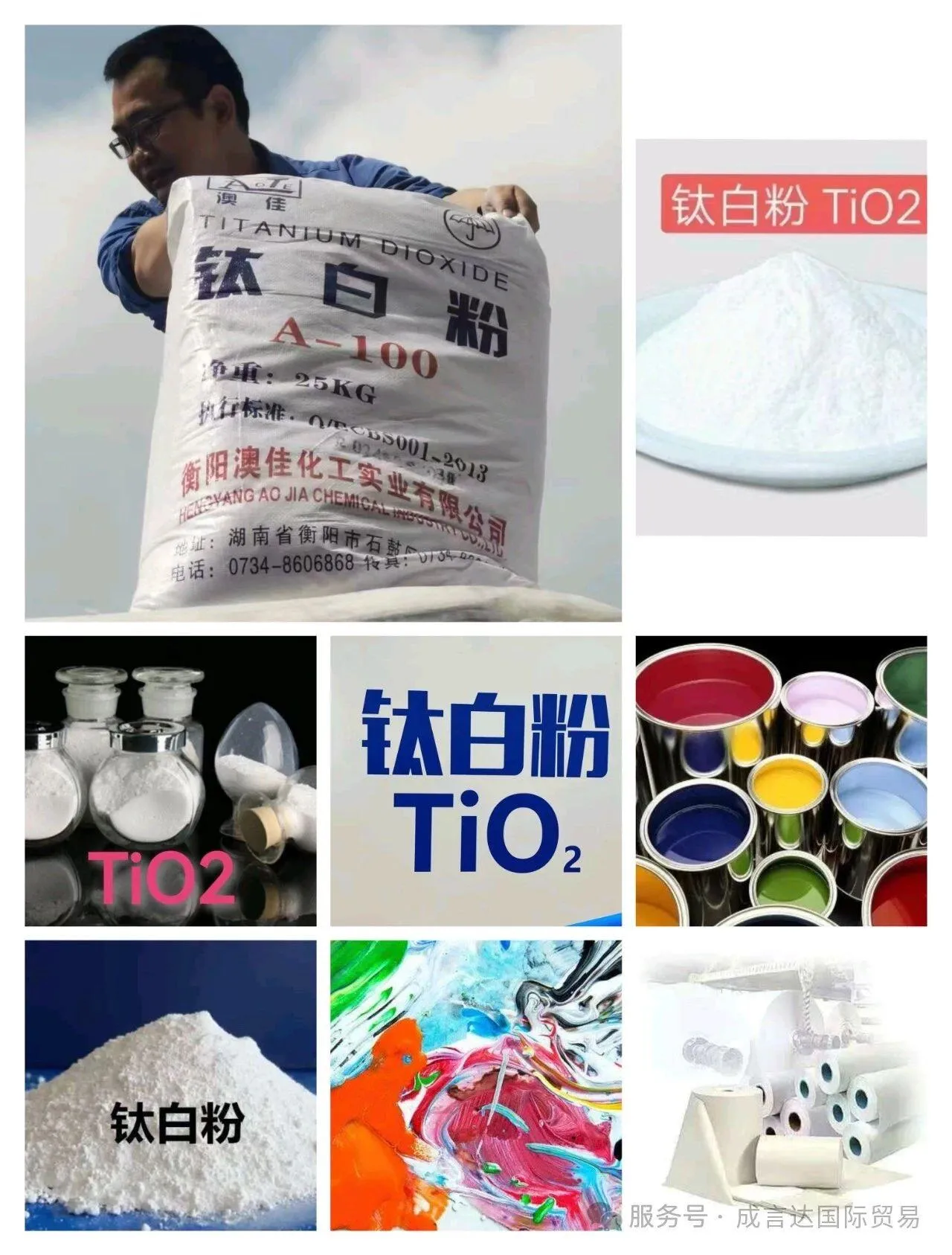
Application Case Studies and Success Stories
The real-world impact of TiO₂ – Weather-Resistant Pigment for Paints & Coatings is best demonstrated through its successful application in various challenging environments. These case studies highlight the tangible benefits of investing in high-quality weather-resistant pigments.
Case Study 1: High-Performance Architectural Coating for Coastal Structures
Challenge: A major resort chain in a highly saline coastal region faced significant issues with exterior paint degradation. Standard architectural paints were exhibiting severe chalking, fading, and mildew growth within 3-5 years due to intense UV radiation, high humidity, and salt spray, leading to frequent and costly repainting cycles.
Solution: The resort adopted an acrylic-based exterior paint system formulated with a premium grade of TiO₂ – Weather-Resistant Pigment for Paints & Coatings, specifically treated with a dense silica/alumina encapsulation. This pigment was chosen for its proven low photocatalytic activity and superior gloss retention in accelerated weathering tests.
Results: After 10 years of exposure, the buildings painted with the new system showed minimal chalking (rating 9 on a scale of 0-10, where 10 is no chalking) and retained over 80% of their initial gloss. Color change was negligible, and no significant mildew growth was observed on the painted surfaces. The extended lifespan of the coating (more than double the previous paints) resulted in substantial savings on labor and material costs for maintenance, validating the upfront investment in a higher-grade pigment.
Case Study 2: Automotive OEM Coating for Export to Tropical Climates
Challenge: An automotive original equipment manufacturer (OEM) experienced customer complaints regarding premature fading and dulling of white and light-colored car finishes exported to hot, humid, and intensely sunny tropical markets. The existing TiO₂ pigment, while performing adequately in temperate zones, failed to withstand the aggressive UV exposure in these regions.
Solution: The OEM collaborated with their paint supplier to reformulate their white and pastel basecoats, incorporating TiO₂ – Weather-Resistant Pigment for Paints & Coatings engineered for maximum UV stability and gloss retention, particularly under high temperatures. This pigment featured a multi-layer inorganic coating designed to suppress photocatalytic reactions even under extreme irradiance.
Results: Vehicles treated with the new paint system, monitored over 5 years in real-world tropical conditions, demonstrated significantly improved color stability and gloss retention compared to the previous formulation. Warranty claims related to paint degradation in these regions saw a drastic reduction of over 70%, enhancing customer satisfaction and protecting the brand's reputation for quality. This illustrates the critical role of specialized pigments in achieving global product consistency.
Case Study 3: Industrial Protective Coating for Chemical Storage Tanks
Challenge: Chemical storage tanks in a petrochemical plant were experiencing rapid degradation of their exterior protective coatings due to a combination of continuous solar exposure, fluctuating temperatures, and exposure to airborne chemical fumes. This led to frequent recoating requirements, disrupting operations and incurring high costs.
Solution: An advanced two-component polyurethane topcoat, specifically engineered for chemical and weather resistance, was applied. A key component of this formulation was a highly durable TiO₂ – Weather-Resistant Pigment for Paints & Coatings with enhanced chemical inertness and photocatalytic stability.
Results: After 8 years of service, the tanks exhibited exceptional resistance to both chemical staining and environmental degradation. The coating maintained its protective properties and aesthetic appearance, far exceeding the lifespan of previous systems. This reduced downtime for maintenance by 50% and provided a more robust long-term protective solution, demonstrating the pigment's role in critical infrastructure. This showcases how targeted pigment selection contributes directly to asset protection and operational efficiency in demanding industrial settings, such as those found in petrochemical or metallurgical plants requiring coatings that can withstand not just weather, but also corrosive environments.
Comparing Leading Manufacturers of Weather-Resistant TiO₂
The market for TiO₂ – Weather-Resistant Pigment for Paints & Coatings is served by several global leaders, each offering various grades optimized for different applications. While specific product names and proprietary technologies differ, a comparison can be made based on their general approach to enhancing weather resistance and their typical performance characteristics. This section provides a generalized comparison, as direct head-to-head data for specific products is often proprietary.
Key Differentiating Factors:
- Manufacturing Process: Chloride vs. Sulfate process. Chloride often yields finer, purer particles, while Sulfate offers broader grade flexibility.
- Surface Treatment Technology: This is the most crucial differentiator for weather resistance. Manufacturers employ various combinations of inorganic coatings (silica, alumina, zirconia, titania) and organic compounds. The thickness, density, and uniformity of these layers directly impact photocatalytic stability and dispersibility.
- Particle Size Control: Optimized particle size distribution impacts optical properties (opacity, tinting strength) and also contributes to durability and gloss.
- Application Specificity: Some manufacturers specialize in certain applications (e.g., automotive, industrial, plastics), offering tailored grades.
- Sustainability and Regulatory Compliance: Focus on eco-friendly processes, low VOC solutions, and compliance with global regulations (REACH, FDA).
- Technical Support and Global Presence: Ability to provide in-depth technical assistance and ensure consistent supply globally.
Generalized Comparison Table of TiO₂ – Weather-Resistant Pigment for Paints & Coatings Characteristics (Illustrative)
| Characteristic | Manufacturer A (e.g., focused on premium automotive) | Manufacturer B (e.g., focused on versatile architectural) | Manufacturer C (e.g., focused on cost-effective industrial) |
|---|---|---|---|
| Manufacturing Process | Chloride | Chloride / Sulfate (diverse portfolio) | Sulfate |
| Primary Surface Treatment | Dense Silica/Zirconia/Alumina Multi-layer | Alumina/Silica, less dense | Alumina, basic organic |
| Photocatalytic Activity Reduction | Excellent (>99%) | Very Good (~95%) | Good (~80%) |
| Gloss Retention (accelerated weathering) | Exceptional (e.g., >90% after 2000hrs QUV) | Excellent (e.g., >85% after 2000hrs QUV) | Good (e.g., >75% after 2000hrs QUV) |
| Chalking Resistance (Accelerated) | Minimal / None (Rating 9-10) | Very Slight (Rating 8-9) | Slight (Rating 7-8) |
| Dispersibility | Excellent | Very Good | Good |
| Purity (TiO₂ Content) | Very High (>94%) | High (>93%) | Standard (>92%) |
| Typical Price Point | Premium | Mid-to-High | Mid-to-Low |
| Target Applications | Automotive OEM, High-end Marine, Aerospace | High-performance Architectural, Premium Industrial | General Exterior Industrial, Standard Architectural |
When selecting a TiO₂ – Weather-Resistant Pigment for Paints & Coatings, it is essential to consider the specific performance requirements of the end application, the cost-performance balance, and the technical support offered by the manufacturer. Reputable suppliers often provide detailed product data sheets, samples for testing, and expert technical assistance to help formulators choose the most suitable pigment grade for their needs. Our company, for instance, has over two decades of experience in the chemical raw material industry, providing tailored solutions and robust after-sales support to clients worldwide.
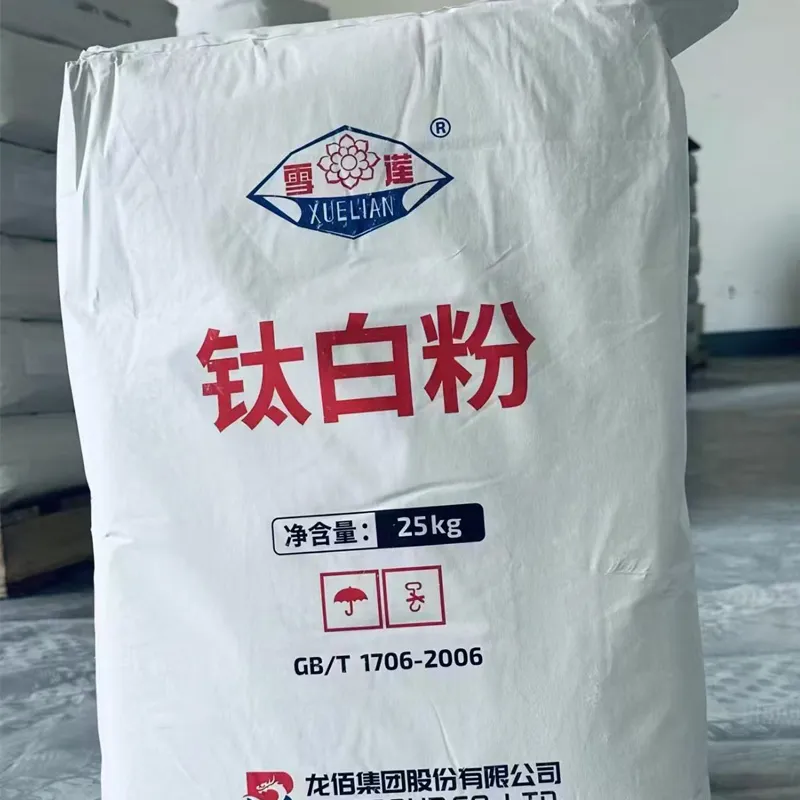
Customization and Solution Development
While standard grades of TiO₂ – Weather-Resistant Pigment for Paints & Coatings offer excellent performance, many specialized applications require pigments with tailored properties. Manufacturers often work closely with clients to develop customized solutions that precisely meet unique formulation and performance demands. This collaborative approach enhances product efficacy and market competitiveness.
Areas of Customization:
- Optimized Surface Treatments: The type, amount, and layering of inorganic (silica, alumina, zirconia) and organic surface treatments can be adjusted. For example, a thicker, denser silica coating might be developed for extreme UV resistance in desert environments, while a different treatment might optimize dispersion in specific water-based acrylic emulsions for architectural use.
- Particle Size Distribution: Although weather-resistant pigments typically employ rutile TiO₂ with carefully controlled particle sizes, further fine-tuning can enhance specific optical properties like tinting strength, opacity, or even film smoothness and gloss.
- Dispersibility Characteristics: Pigment surface chemistry can be modified to improve compatibility and ease of dispersion in various resin systems (e.g., alkyds, polyurethanes, epoxies, acrylics) and solvent types (water-borne, solvent-borne, high-solids). This reduces milling time and ensures uniform distribution, leading to optimal film properties.
- Specific Performance Enhancements: Beyond general weather resistance, pigments can be customized for:
- Enhanced Dirt Pick-up Resistance: Surface treatments can create a less adhesive surface, making it harder for dirt and pollutants to cling.
- Improved Chemical Resistance: For industrial coatings exposed to aggressive chemicals, the pigment's surface can be engineered to resist chemical attack.
- Anti-Fouling Properties: In marine applications, specific surface modifications might be explored to contribute to the anti-fouling performance of the coating.
- Regulatory Compliance: Developing grades that meet specific regional regulatory requirements (e.g., FDA compliance for certain food packaging applications, specific European REACH registration status for import).
Our Approach to Custom Solutions:
With over 20 years of experience in the chemical raw materials sector, our technical team possesses deep expertise in pigment chemistry and application. We engage in a rigorous process of custom solution development:
- Needs Assessment: A detailed understanding of the client's application, specific performance challenges, existing formulations, and target cost structure.
- Laboratory Development: Our R&D chemists utilize state-of-the-art facilities to synthesize and treat experimental pigment batches, conducting preliminary performance tests (e.g., accelerated weathering, dispersion analysis).
- Pilot Production: Successful lab-scale developments are scaled up to pilot plant production for larger sample quantities and more extensive testing under simulated real-world conditions.
- Client Evaluation & Feedback: Samples are provided to the client for their own in-house testing and formulation integration. Close collaboration ensures the pigment meets their specific needs.
- Commercial Production: Once validated, the customized TiO₂ – Weather-Resistant Pigment for Paints & Coatings is moved to full-scale commercial production, ensuring consistent quality and supply.
This commitment to customization and joint development allows us to provide truly optimized solutions that deliver superior performance and value, fostering long-term partnerships with our clients globally.
Quality Assurance, Certifications, and Trustworthiness
The credibility and reliability of a supplier of TiO₂ – Weather-Resistant Pigment for Paints & Coatings are paramount. Our commitment to Google's principles (Expertise, Experience, Authoritativeness, Trustworthiness) is deeply embedded in our operational philosophy, ensuring that our clients receive not only high-quality products but also unparalleled service and support.
Expertise and Experience:
- Dedicated R&D: Our in-house research and development team comprises seasoned chemists and materials scientists specializing in titanium dioxide production and surface modification. Their continuous innovation ensures our pigments remain at the forefront of performance.
- Two Decades of Industry Leadership: With over 20 years of experience in the chemical raw materials sector, we have accumulated extensive knowledge and practical experience in pigment formulation, application, and problem-solving across diverse industries.
- Global Application Knowledge: Our technical support team works with clients worldwide, understanding regional specificities in climate, regulations, and market demands for coatings.
Authoritativeness:
- ISO Certified Manufacturing: Our production facilities are certified under ISO 9001 for Quality Management Systems and ISO 14001 for Environmental Management Systems. These certifications underscore our commitment to consistent quality, operational efficiency, and environmental responsibility.
- Adherence to International Standards: All our TiO₂ – Weather-Resistant Pigment for Paints & Coatings products conform to international quality standards such as ISO 591-1 (Titanium Dioxide Pigments for Paints), ASTM D476 (Standard Specification for Titanium Dioxide Pigments), and relevant segments of ISO 787 (General Methods of Test for Pigments and Extenders).
- Regulatory Compliance: Our products are registered and comply with major global chemical regulations, including REACH (Registration, Evaluation, Authorisation and Restriction of Chemicals) in the European Union, ensuring safe and lawful import and use.
- Long-Term Partnerships: We have built enduring relationships with leading paint and coating manufacturers globally, a testament to the consistent quality and reliability of our products and services.
Trustworthiness:
- Rigorous Quality Control: Every batch of TiO₂ – Weather-Resistant Pigment for Paints & Coatings undergoes stringent quality control testing in our advanced laboratories. This includes precise measurements of TiO₂ content, particle size, oil absorption, gloss retention, and chalking resistance, ensuring that each delivery meets or exceeds published specifications.
- Transparent Supply Chain: We maintain a transparent and robust supply chain, from raw material sourcing to final delivery, ensuring reliability and traceability.
- Comprehensive Technical Support: Our dedicated technical service team provides expert guidance on product selection, formulation optimization, and troubleshooting. We offer real-time support to address client inquiries and challenges.
- Product Warranty: We stand by the quality of our TiO₂ – Weather-Resistant Pigment for Paints & Coatings with a clear product warranty, guaranteeing performance as per specified technical data sheets. In the rare event of an issue, our responsive team is committed to prompt resolution.
- Efficient Delivery & Logistics: We understand the importance of timely delivery. Our logistics network is optimized for global distribution, ensuring products reach our clients efficiently and in optimal condition. Typical delivery periods range from 7-14 days for standard orders, with expedited options available upon request.
Our unwavering commitment to these principles ensures that choosing our TiO₂ – Weather-Resistant Pigment for Paints & Coatings is an investment in superior performance, reliability, and peace of mind.
Frequently Asked Questions (FAQ)
Q1: What is the primary difference between standard TiO₂ and TiO₂ – Weather-Resistant Pigment for Paints & Coatings?
A1: The fundamental difference lies in the surface treatment. Standard TiO₂ (even rutile grades) can exhibit photocatalytic activity under UV light, leading to the degradation of the paint binder (chalking, fading). TiO₂ – Weather-Resistant Pigment for Paints & Coatings undergoes extensive inorganic and sometimes organic surface treatments (e.g., with silica, alumina, zirconia) that passivate the pigment surface, significantly reducing its photocatalytic activity and enhancing its resistance to UV degradation, chalking, and gloss loss. This ensures superior long-term durability in exterior applications.
Q2: How does the surface treatment contribute to weather resistance?
A2: The surface treatments form a protective barrier around the individual TiO₂ particles. This barrier prevents the direct interaction of UV light with the TiO₂ crystal lattice, thereby inhibiting the generation of free radicals (e.g., hydroxyl radicals) that would otherwise attack and break down the organic components of the paint film. This encapsulation is crucial for preventing chalking, maintaining gloss, and preserving color stability over time. The type and density of these inorganic layers are key to performance.
Q3: Which manufacturing process (Sulfate or Chloride) yields better weather-resistant TiO₂?
A3: Both Sulfate and Chloride processes can produce excellent TiO₂ – Weather-Resistant Pigment for Paints & Coatings. The key determinant for weather resistance is not solely the initial production process but rather the subsequent, sophisticated surface treatment technology applied to the TiO₂ particles. While chloride process often yields finer and purer base TiO2, the effectiveness of the weather resistance ultimately depends on the quality and robustness of the surface encapsulation applied post-synthesis.
Q4: What specific tests are used to evaluate the weather resistance of these pigments?
A4: Weather resistance is typically evaluated through both accelerated weathering tests and outdoor exposure tests. Accelerated tests use specialized equipment (e.g., QUV accelerated weathering testers using fluorescent UV lamps, or Xenon Arc weathering instruments) to simulate environmental conditions and rapidly assess chalking (ASTM D659, ISO 4628-6), gloss retention (ASTM D523, ISO 2813), and color change (ASTM D2244, ISO 7724-3). Long-term outdoor exposure in different climatic zones (e.g., Florida for hot, humid conditions; Arizona for dry, high-UV conditions) provides the most realistic performance data.
Q5: Can TiO₂ – Weather-Resistant Pigment for Paints & Coatings be used in water-borne systems?
A5: Yes, absolutely. Modern TiO₂ – Weather-Resistant Pigment for Paints & Coatings grades are engineered for excellent dispersibility and compatibility in both solvent-borne and water-borne coating systems. Their surface treatments often include organic compounds or dispersants that enhance wetting and dispersion in aqueous media, ensuring stable formulations and optimal performance in eco-friendly water-based paints.
Q6: What is the typical shelf life and storage recommendation for this pigment?
A6: When stored correctly in its original, unopened packaging, in a dry place, away from direct sunlight and extreme temperatures, TiO₂ – Weather-Resistant Pigment for Paints & Coatings typically has a shelf life of 1-2 years from the date of manufacture. It's crucial to keep the bags tightly sealed to prevent moisture absorption, which can affect dispersibility and flow properties.
Q7: How does the pigment's particle size affect its performance in coatings?
A7: The primary particle size and distribution of TiO₂ – Weather-Resistant Pigment for Paints & Coatings are critical. An optimized particle size (typically around 0.2-0.3 micrometers) maximizes light scattering, leading to superior opacity and whiteness. While weather resistance is primarily imparted by surface treatment, proper particle size contributes to uniform film formation, gloss development, and overall film integrity, indirectly supporting long-term durability. Finer primary particles can sometimes lead to better gloss, while slightly coarser particles might enhance opacity in specific applications.
Conclusion and Future Outlook
The role of TiO₂ – Weather-Resistant Pigment for Paints & Coatings extends far beyond mere aesthetics; it is a cornerstone of modern material science, safeguarding our built environment and cherished possessions from the relentless forces of nature. Its sophisticated engineering, particularly the precise application of inorganic and organic surface treatments, transforms a common white pigment into a high-performance protective agent. From prolonging the life of a building's facade in harsh climates to maintaining the pristine finish of an automobile for years, this pigment delivers unparalleled durability, gloss retention, and color stability.
As industries continue to push for greater sustainability, reduced maintenance, and extended product lifecycles, the demand for advanced, weather-resistant pigments will only intensify. Future innovations in this field are likely to focus on even more efficient surface treatment technologies, development of new synthesis routes that minimize environmental impact, and pigments optimized for emerging coating technologies such as smart coatings or self-healing systems. The integration of advanced analytics, artificial intelligence, and machine learning in pigment design and manufacturing will further enable the creation of highly specialized grades tailored for hyper-specific performance requirements.
Investing in high-quality TiO₂ – Weather-Resistant Pigment for Paints & Coatings is not just a choice for superior performance; it is a strategic decision that leads to significant long-term cost savings, enhanced brand reputation, and a reduced environmental footprint through longer-lasting products. As a leading supplier with two decades of expertise, we remain committed to providing cutting-edge pigment solutions that empower our clients to achieve new benchmarks in durability and quality.
References:
- Grand View Research. (2023). Titanium Dioxide Market Size, Share & Trends Analysis Report, 2024 - 2030. Available at: https://www.grandviewresearch.com/industry-analysis/titanium-dioxide-tio2-market
- Diebold, U. (2003). The surface science of titanium dioxide. Surface Science Reports, 48(5-8), 53-229. Available at: https://doi.org/10.1016/S0167-5729(02)00100-0 (Access may require subscription)
- ASTM D476 - 00(2019) Standard Specification for Titanium Dioxide Pigments. ASTM International. Available via ASTM standards platform.
- ISO 591-1:2000 Titanium dioxide pigments for paints — Part 1: Specifications and methods of test. International Organization for Standardization. Available via ISO standards platform.

Pervious
